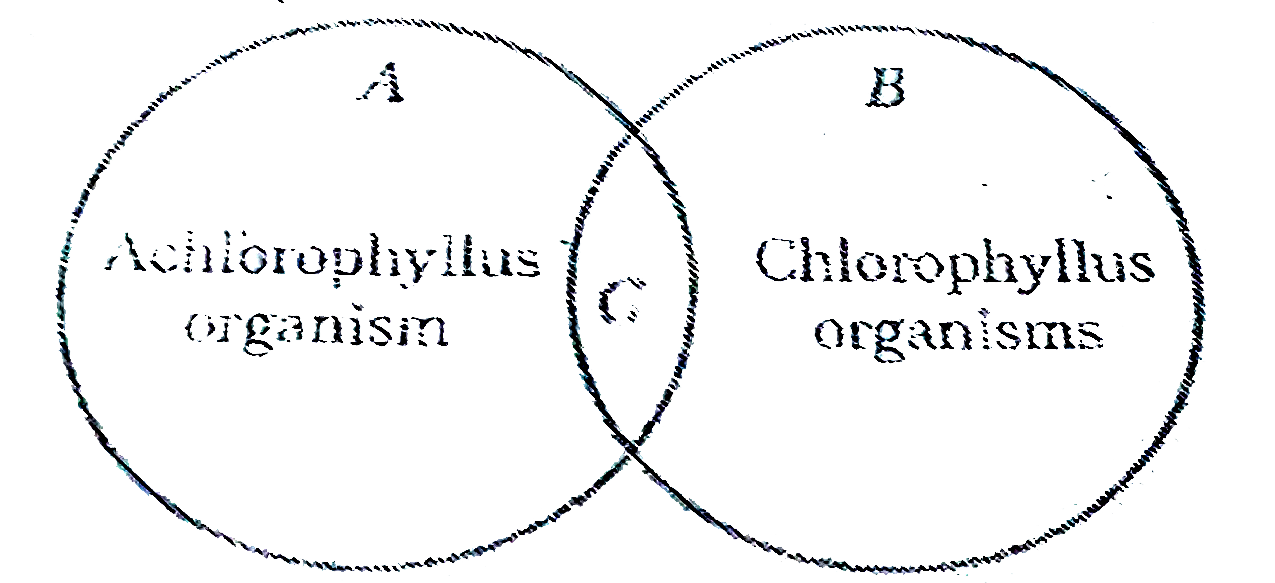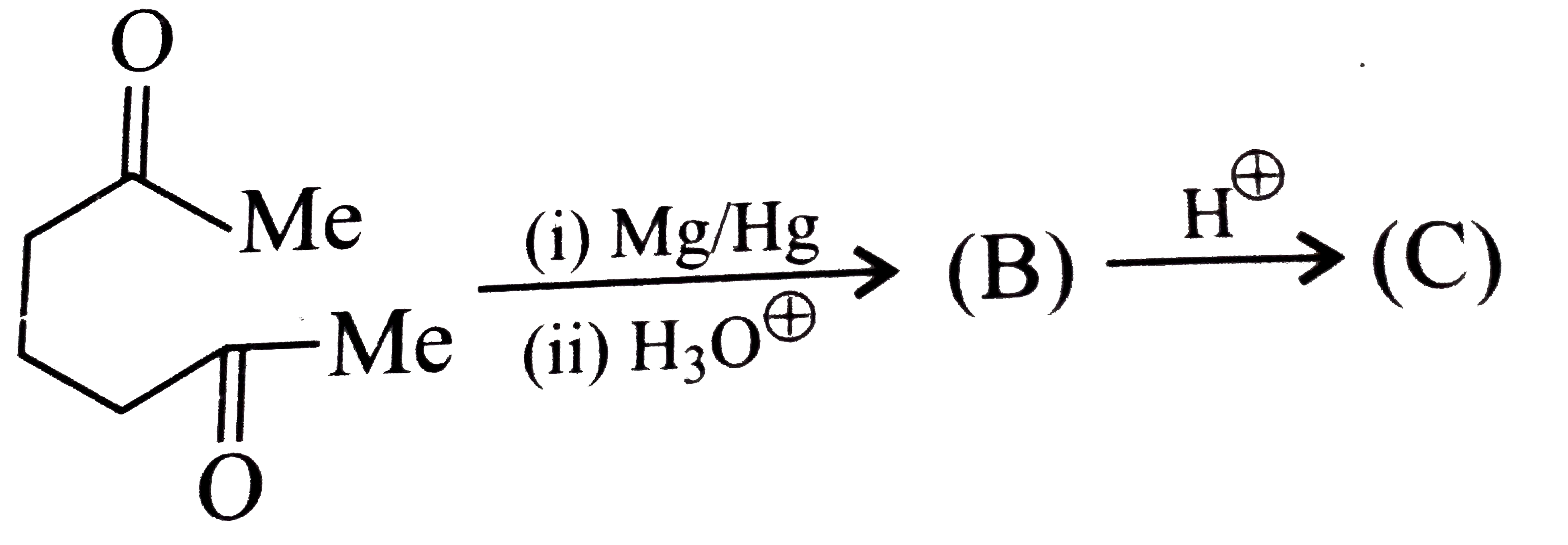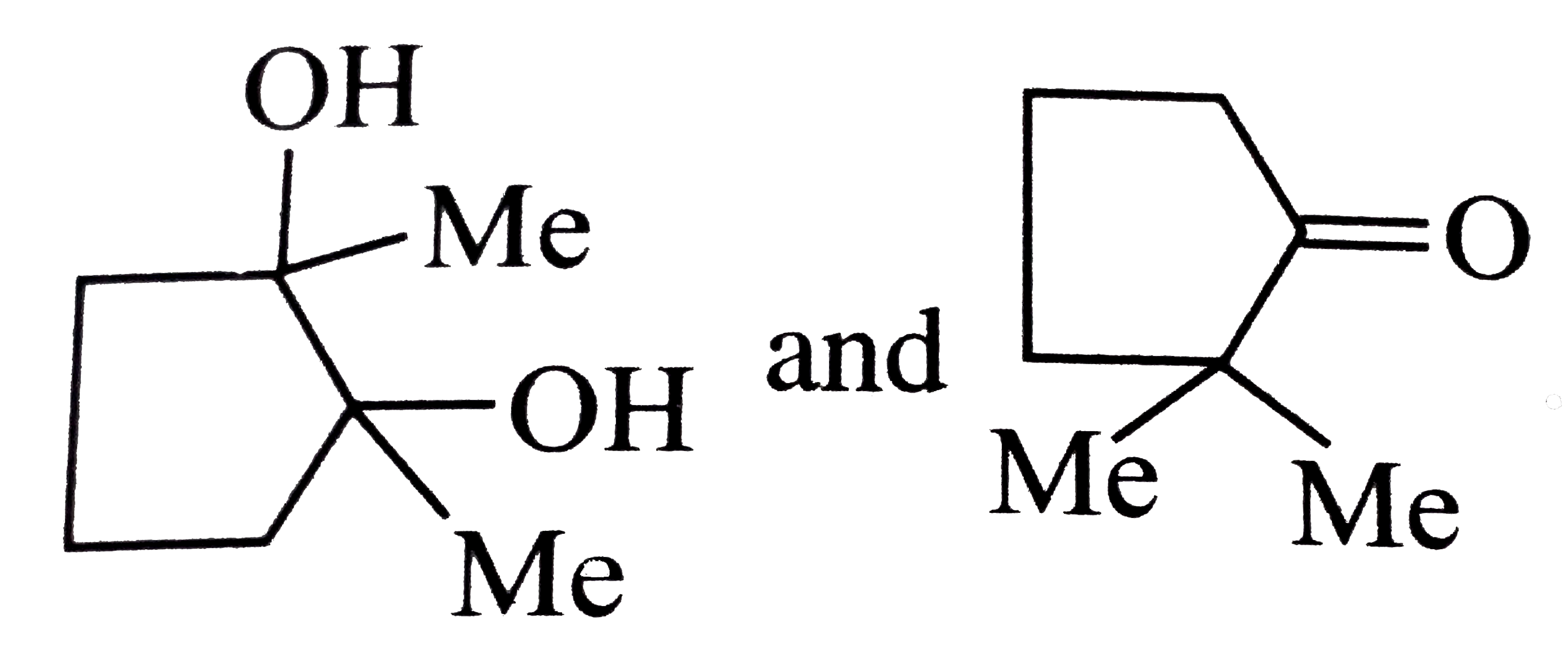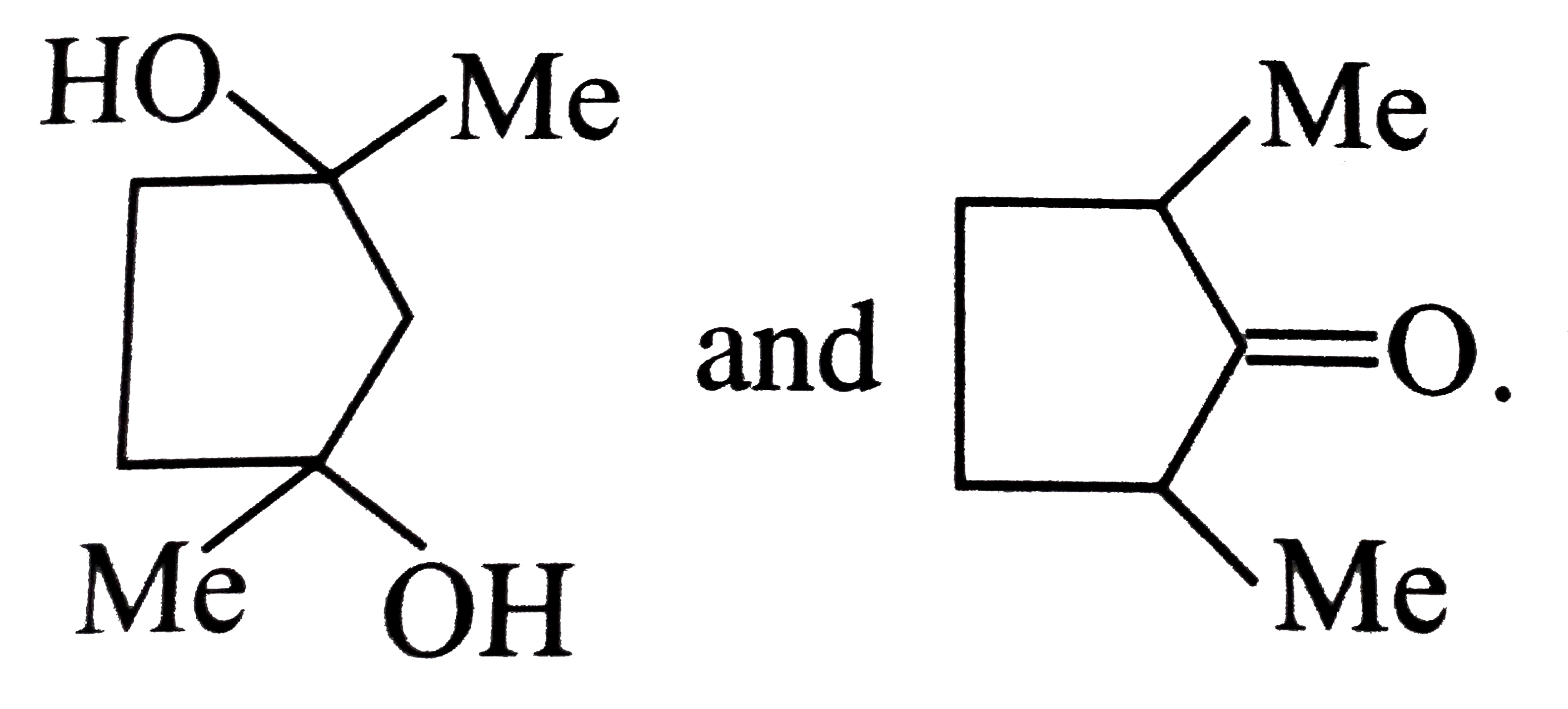If a probe is made of radioactively labelled dsDNA and is allowed to hybridise to its complementary DNA in a cloried cell followed by detection using autoradiography. Which of the following is considered wrong for the given statements?
It is double stranded DNA
It is radioactively labelled
This probe can be used in autoradiography
It is hybridise to complementary DNA/RNA
The correct Answer is:A
To solve the question regarding the use of a radioactively labeled double-stranded DNA (dsDNA) probe for hybridization and autoradiography, we will analyze the statements provided and determine which one is incorrect.
1. Understanding the Probe: A probe is a fragment of DNA or RNA that is labeled (in this case, radioactively) and is used to detect complementary sequences in a sample. The probe hybridizes (binds) to its complementary DNA sequence.
2. Characteristics of the Probe:
- The probe is made of double-stranded DNA (dsDNA).
- It is labeled with a radioactive isotope, allowing for detection through autoradiography.
3. Hybridization Process: The dsDNA probe will hybridize to its complementary DNA sequence in the target cell. This means that one strand of the probe will bind to the complementary strand of the target DNA.
4. Detection Method: Autoradiography is a technique used to visualize the hybridized probe. The radioactive label on the probe emits radiation, which can be captured on photographic film or a detector, showing where the probe has bound to the DNA.
5. Analyzing the Statements:
- Statement 1: "It is a double-stranded DNA." - This statement is considered incorrect in the context of hybridization detection because while the probe is dsDNA, during the hybridization process, only one strand of the dsDNA probe binds to the complementary strand of the target DNA. The other strand does not participate in the hybridization.
- Statement 2: "It is radioactively labeled." - This statement is correct as the probe is indeed radioactively labeled.
- Statement 3: "This probe can be used in autoradiography." - This statement is also correct since autoradiography is the method used to detect the radioactively labeled probe.
- Statement 4: "It hybridizes to complementary DNA and RNA." - This statement is somewhat misleading; while probes can hybridize to complementary sequences, the context here is primarily about DNA. The focus should be on DNA hybridization.
6. Conclusion: The statement that is considered wrong is the first one, regarding the nature of the double-stranded DNA probe in the context of hybridization.
Final Answer:
The statement that is considered wrong is: "It is a double-stranded DNA."
- The probe is made of double-stranded DNA (dsDNA).
- It is labeled with a radioactive isotope, allowing for detection through autoradiography.
- Statement 1: "It is a double-stranded DNA." - This statement is considered incorrect in the context of hybridization detection because while the probe is dsDNA, during the hybridization process, only one strand of the dsDNA probe binds to the complementary strand of the target DNA. The other strand does not participate in the hybridization.
- Statement 2: "It is radioactively labeled." - This statement is correct as the probe is indeed radioactively labeled.
- Statement 3: "This probe can be used in autoradiography." - This statement is also correct since autoradiography is the method used to detect the radioactively labeled probe.
- Statement 4: "It hybridizes to complementary DNA and RNA." - This statement is somewhat misleading; while probes can hybridize to complementary sequences, the context here is primarily about DNA. The focus should be on DNA hybridization.
The statement that is considered wrong is: "It is a double-stranded DNA."
Topper's Solved these Questions
- BIOTECHNOLOGY AND ITS APPLICATIONSBOOK - AAKASH INSTITUTECHAPTER - BIOTECHNOLOGY AND ITS APPLICATIONSEXERCISE - ASSIGNMENT (SECTION - B) (OBJECIVE TYPE QUESTIONS)
25 Videos
- BIOTECHNOLOGY AND ITS APPLICATIONSBOOK - AAKASH INSTITUTECHAPTER - BIOTECHNOLOGY AND ITS APPLICATIONSEXERCISE - ASSIGNMENT (SECTION - C) (PREVIOUS YEARS QUESTIONS)
58 Videos
- BIOTECHNOLOGY AND ITS APPLICATIONSBOOK - AAKASH INSTITUTECHAPTER - BIOTECHNOLOGY AND ITS APPLICATIONSEXERCISE - EXERCISE
20 Videos
- BIOMOLECULESBOOK - AAKASH INSTITUTECHAPTER - BIOMOLECULESEXERCISE - ASSIGNMENT (SECTION-D) Assertion-Reason Type Questions
10 Videos
- BIOTECHNOLOGY-PRINCIPLES AND PROCESSESBOOK - AAKASH INSTITUTECHAPTER - BIOTECHNOLOGY-PRINCIPLES AND PROCESSESEXERCISE - ASSIGNMENT SECTION-D (Assertion-Reason Type Question)
10 Videos
Similar Questions
Now a days it is possible to detect the mutated gene causing cancer by allowing radioactive probe to hybridise its complimentary DNA in a clone of cells, followed by its detection using autoradiography because:
View SolutionConsider the given figure.

Which of the following option is correct for the labels A to C ?
View Solution
Knowledge Check
Which of the following statements are wrong about the given reaction ?
 AFormation of (B) from (A) is called bimolecular reduction and takes place by radical anion mechanism.BFormation of (B) from (A) takes place by free radical mechanism.CProduct (B) and (C ), respectively, are:
AFormation of (B) from (A) is called bimolecular reduction and takes place by radical anion mechanism.BFormation of (B) from (A) takes place by free radical mechanism.CProduct (B) and (C ), respectively, are:
 DProducts (B) and (C ), respectively, are
DProducts (B) and (C ), respectively, are

A single stranded DNA or RNA, tagged with a radioactive molecule is called as__________and is allowed to hybridised to its complementary DNA in a clone of cells followed by detection using autoradiography.
Choose the option which correctly fills the blankAChimeric DNABRecoñbinant DNACProbeDVector DNAA single-stranded DNA or RNA, tagged with a radioactive molecule (probe) is allowed to hybridise to its complementary DNA in a clone of cells followed by detection using
Aphotographic filmBautoradiographyCnitrocellulose paperDreplica plating
Cloned genes are used as probes to detect the presence of its complementary DNA strand .
View SolutionWhich of the following statements are correct ?
1. PCR is now routinely used to detect HIV in suspected AIDS patients.
2. A single - stranded DNA or RNA , tagged with a radioactive molecule (probe) is allowed to hybridize to its complementary DNA in a clone of cells followed by detection using autoradiography.
3. ElISA is based on the principle of antigen - antibody interaction.
4. Today transgenic models exist for many human diseases such as cancer , cystic fibrosis , rheumatoid arthritis, and Alzheimer's
View Solution"A probe is allowed to hybridize with its complimentary DNA in a clone of cells and is later on detected by autoradiography".
Above step is the part of.
View SolutionWhich of the following statements is wrong about galvanic cells?
View SolutionConsider a satellite going round the earth in an orbit. Which of the following statements is wrong
View Solution
